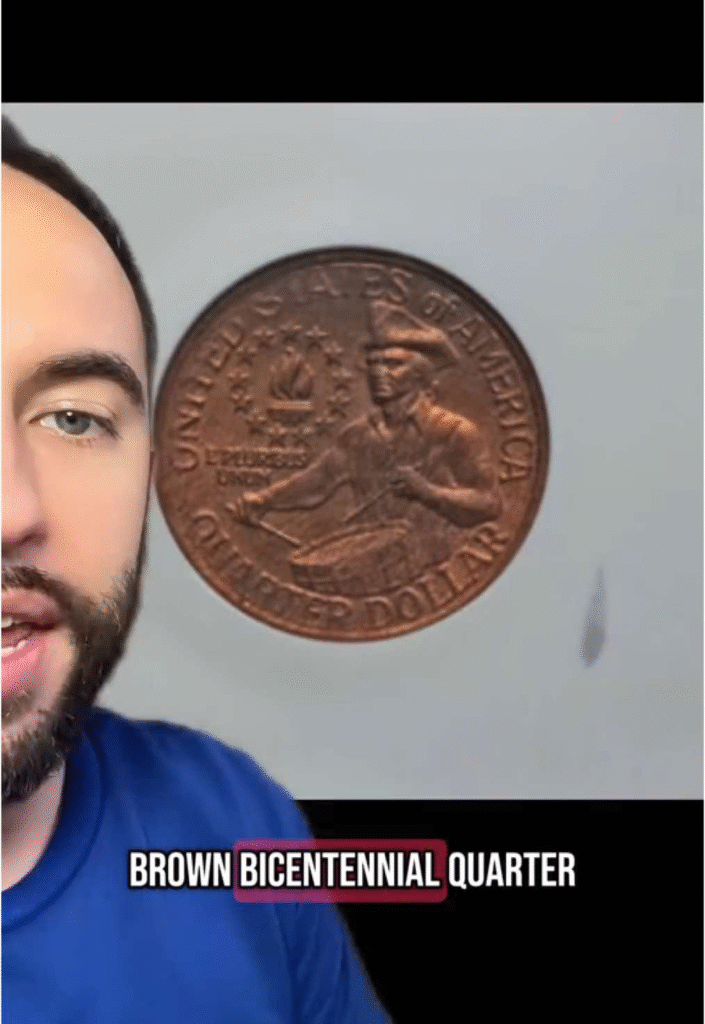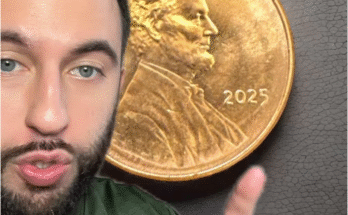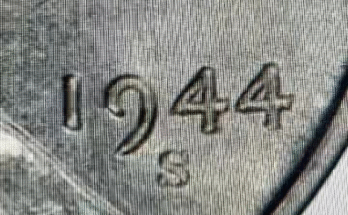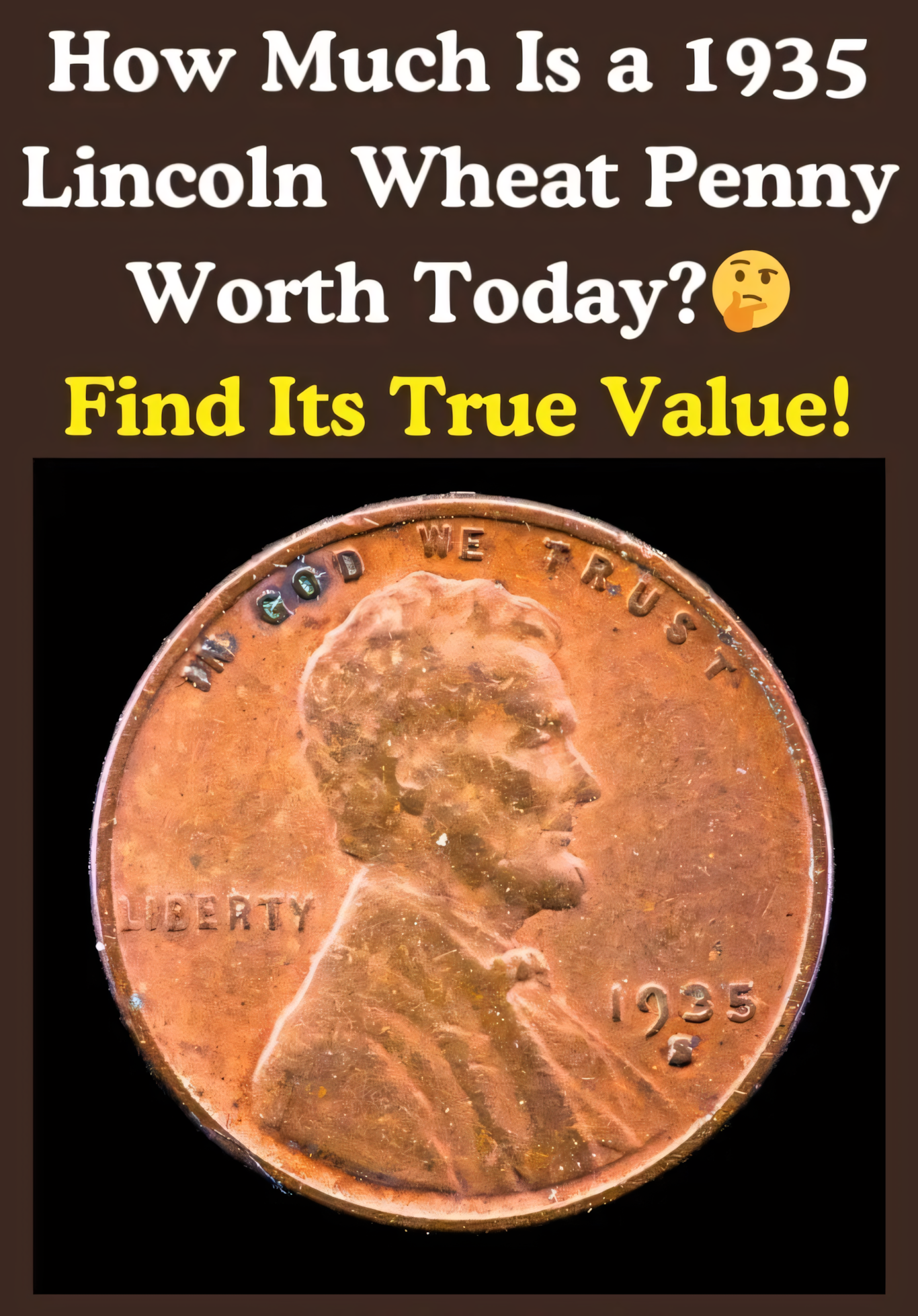
1943 Steel Penny Roll Found
Imagine opening an old roll of pennies and finding shiny, untouched 1943 steel cents inside. 😲 That’s exactly what one lucky collector discovered — an original Bank of America roll of 1943 Steel Pennies, all in uncirculated condition.
Normally, these WWII-era coins are dull, rusted, or corroded after decades of use. But this roll? Each coin looked like it just left the mint — a true numismatic time capsule! ⏳✨
⚡ Why 1943 Steel Pennies Are So Special
During World War II, copper was desperately needed for ammunition, so the U.S. Mint switched from copper to zinc-coated steel for one year only — 1943.
Here’s the breakdown:
- 🪙 1943 Steel Cent → Common, but valuable when uncirculated
- 🟤 1944 Copper Cent → Rare error! Some leftover copper planchets were used accidentally in 1944, creating coins worth $100,000+ today
👉 Fact Check: Every genuine steel penny is dated 1943. If you ever find a 1944 penny that sticks to a magnet, you’ve discovered one of the rarest and most valuable coins in U.S. history! 💎
💎 The Uncirculated Roll Discovery
This recently uncovered Bank of America roll of 1943 steel pennies stunned collectors worldwide.
Each coin featured:
✅ Razor-sharp rims and design details
✅ Brilliant original mint luster
✅ Zero signs of rust or corrosion
Such a full roll of unsearched, uncirculated steel cents is nearly impossible to find today — most were spent, stored poorly, or cherry-picked long ago. For collectors, this discovery is a treasure in itself. 🏆
💰 How Much Are 1943 Steel Pennies Worth?
Even though most 1943 pennies are common, condition is everything when it comes to value.
| Condition | Estimated Value (each) |
|---|---|
| Circulated / Worn | 10¢ – $1 |
| Uncirculated / Brilliant | $5 – $25+ |
| Full Bank Roll (Unopened) | $300 – $500+ |
| 1944 Copper Error (if found) | 💥 $100,000 – $200,000+ |
🚨 Collector Warning: If you ever find a 1944 copper penny, handle it carefully — it’s one of the top error coins in U.S. history.
🔍 How to Identify Rare 1943 & 1944 Pennies
Here’s a quick checklist to help you examine your coins like a pro 👇
✅ Check the Date:
- 1943 → Steel (magnetic)
- 1944 → Copper (non-magnetic)
🧲 Use a Magnet:
Steel pennies stick; copper doesn’t.
🏛️ Look for Mint Marks:
- “D” = Denver
- “S” = San Francisco
- Plain (no mark) = Philadelphia
✨ Inspect Condition:
Luster, detail, and absence of rust make a huge difference in price.
📈 Collector Tips for Handling Old Coin Rolls
If you come across a roll of old wheat pennies — especially from the early 1940s — follow these steps to preserve value:
🧤 Handle coins gently with cotton gloves
🚫 Never clean steel or copper coins — cleaning destroys surfaces and value
🪞 Store in dry, airtight containers
📦 If coins appear uncirculated, consider grading through PCGS or NGC for certification
🤝 Final Thoughts
Finding a full roll of uncirculated 1943 Steel Pennies is like striking silver in the coin world. While this particular roll didn’t contain a six-figure 1944 copper error, the stunning condition and originality of the coins make it a collector’s jackpot. 🏅
So next time you see a roll of old pennies — don’t overlook it! You could be holding a piece of history… or even a $100,000 discovery. 💰



Leave a Reply